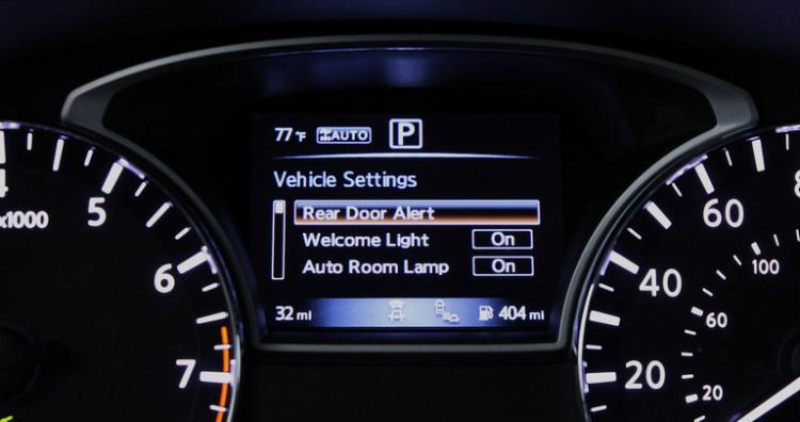5 advanced safety features to consider for your car

When driving on the roads, safety should always be at the top of your mind. With how advanced technology has come in 2021, here are five safety features you should consider for your car.
If you’re old enough, you’d probably remember the three-point seatbelt that was followed by the airbag.
Ever since then, there have been constant efforts in automotive manufacturing to continually improve the safety of humans driving in a four-wheel metal box, whether it’s to brace for accident impacts or to reduce human error while driving.

Lane Keep Assist, first introduced in the Nissan Cima in 2001, has matured over the years and works by keeping cars in the centre of the lane by autonomously inputting gentle steering inputs.
This is done by electronically amplifying the steering force when the car is steering off the lane, and the system alerts the driver through the vibration of the steering wheel.
Some cars make use of a camera-based system that is attached to the windshield while some use cameras on the front grille. Some car brands like Mercedes use both a camera-based Lane Steering assistance system and a radar system to detect the vehicle in front of them.
While others like Citroen uses an infrared sensor to detect road markings and send signals to the driver.

Sadly, there are uncountable fatal or non-fatal accidents occurring because drivers don't check their blind spots.
The Blindspot Monitor is a brilliant safety feature developed because it is a vehicle-based sensor device that detects other vehicles on both the driver's side and the rear. It sends warnings to the driver through visual, aural, or physical signals.
A blindspot monitor helps so many people who do not check their blind spots when changing lanes or turning and is a feature seen in many cars, including the 2020 Kia Sorento.
With that, we must thank the geniuses of Volvo for introducing the blind spot monitor to their S80 Sedan in 2007.
Still, seriously, we hope that more cars will include this important feature in their cars. It should be readily available or even mandatory for future cars to move forward to reduce the risk of accidents.

The Front/Rear Cross-Traffic Alert is another feature of visibility that increases safety for drivers. Commonly found at the vehicle’s corners, radar alerts detect approaching vehicles, cyclists, and pedestrians.
It sends an audible warning to the driver when they detect one or more of them approaching from the sides.
Often, a visual alert will also display an arrow on the reverse camera display. It indicates the direction from which the object detected is approaching.
A feature like this will put your mind at ease should there be approaching hazards.

Adaptive Cruise Control (ACC) was first introduced in 1992 by Mitsubishi, and it aims to provide both convenience and safety. It helps to maintain the distance between vehicles simultaneously by adjusting the vehicle’s speed automatically.
ACC uses cameras, infrared and even radar as a gauge to determine how close the other cars are to each other. ACC is a step closer to future car intelligence as, unlike the standard cruise control, most of us are familiar with it.
However, it is not foolproof because there are still possibilities of unusability in bad weather conditions such as rain or poor visibility affecting its use. The user must not fully substitute ACC and disregard safe driving techniques.

The Rear Seat Reminder feature is undoubtedly for the forgetful, the one that always leaves their bags in the car or, if you're a parent, your child may be wailing at the back seat still stuck in the child seat with the seat belt buckled.
The rear seat reminder does what it says on the tin. This feature reminds you of what is still in the back seat when the rear door is opened after unlocking the vehicle.
It sends a reminder after you turn off the engine and leave your car.
In conclusion, as technology in the automotive industry continues to advance, companies like Tesla have already produced self-driving cars.
The gateway to seeing more advanced safety features looks ever so likely now, and we can’t wait for such innovations.
We hope you like this list of advanced safety features, let us know what you think of it and what type of features you anticipate companies developing for the sake of car safety.
This article was first published in Motorist.